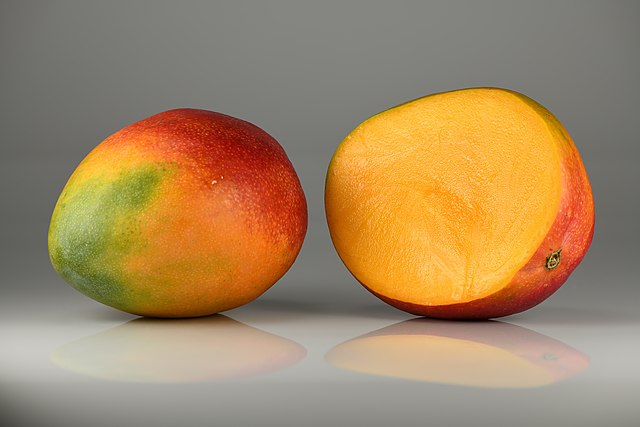Senegal on October 12, 2025 signed an agricultural development deal with Japan, strengthening PM Ousmane Sonko’s aim in achieving food sovereignty by 2027.
The agreement will channel 13.48 billion West African CFA Francs ($24 million) into agriculture and vocational training.
According to the Ministry of Economy, Planning & Cooperation, an 892.8-million CFA Francs ($1.58 million) portion will foster farming mechanization.
Some 12.9 billion CFA Francs ($22.97 million) will facilitate the building of a vocational training facility in Diamniadio, 30 km off Dakar.
Diamniadio is a modern eco-city that Senegal planned carefully to create space for a clean commercial hub. It is among four other similar metropolises the country is calling “poles” for they will be major agricultural processing centers.
Towards that aim, the nation could spend 1.4 trillion CFA Francs ($2.5 billion) to enhance agricultural production in five years.
The funding keystone is boosting rice, banana and tomato production, alongside dairy, domesticated bird and livestock output.
Although the bulk of the kitty from Japan will finance vocational training, it will also promote food independence.
Senegal on September 30 reiterated to achieve food self-sufficiency by 2027, a year earlier than its 2028 vision.
At that future date, the government aims to have five agricultural poles or processing centers operational, according to Senego news.
One goal of the vision is to boost food security, where progress is already apparent. In October 2024, the Food and Agricultural Organization (FAO) found only 3% of the Senegalese acutely hungry, down from 7% in 2023.
Another aim is mechanizing agriculture, critical for a country that by April 2023 had only 5% of irrigated arable land despite its dry climate.
Finally, the government aims to distribute production outside the dominant peanuts to staples rice and maize, alongside lucrative tomatoes and seasonal mangos. This is why tapping this newest bilateral aid from Japan has attracted careful planning. And as the stats below point out, food sovereignty in Senegal is easily achievable given its food diversity.
Senegal Food Statistics
Situated in the southwestern Sahel region in West Africa, Senegal enjoys a mainly dry landscape with rains occurring around June-July. Despite this dryness, its agricultural sector is home to 77% of the national workforce. In terms of job creation, agriculture in Senegal supplies 30% of all jobs among industries, as of 2020. Furthermore, the sector is the backbone of the economy, for it represents 16% of the GDP, according to the International Trade Administration (ITA). Food self-sufficiency, however, remains a challenge: up to 2022, the country was importing 70% of its consumption needs.
How is Senegal achieving food sufficiency?
A 2025-29 roadmap originally by President Macky Sall set out to attain food sovereignty in Senegal by latest 2028. This meant drastically reducing the 70% dependence on imports for rice, other grains, tubers, onions and sugar. Initial plans under Sall’s government to achieve this vision included agricultural investments worth $4 billion. By mid-October 2025, the vision had added $1.57 million for mechanization and was aiming for a five-year production mobilization worth $2.5 billion. There was also the ambitious building of five agricultural processing centers across the country.
Is Senegal achieving food security?
By 2024, it was clear that Senegal was making headway towards food security in the near future through a production boom. According to a Food and Agricultural Organization (FAO)’s forecast, the national cereal output in 2024 would hit 3.8 million tonnes. This would be 8% up above the 2018-23 mean – a major boost for the staple grain, rice. There were also 4% less hungry people in October 2024 (3% of the 17 million population) versus October 2023 (7% of the population).
Which are the main foods of Senegal?
Due to its terrain diversity, Senegal is home to diverse food groups, from seafood to crops and livestock. As of 2023, the country’s 530-kilometer long rugged coast was landing tonnes of fish such as shrimp and sole. Such fishery products were injecting 3.2% of the GDP and 10% of all exports. The major crop is peanuts: before 2010 the nut covered 40% of the country’s harvested land. In recent times, however, the swathe has decreased through governmental efforts to diversify to cotton and grains. Agro products like cotton represented some 16% of all farm exports before 2023, while gum arabic 5%. Interestingly, gum arabic from Senegal used to make up 10% of worldwide supplies in the mid-20th century.
